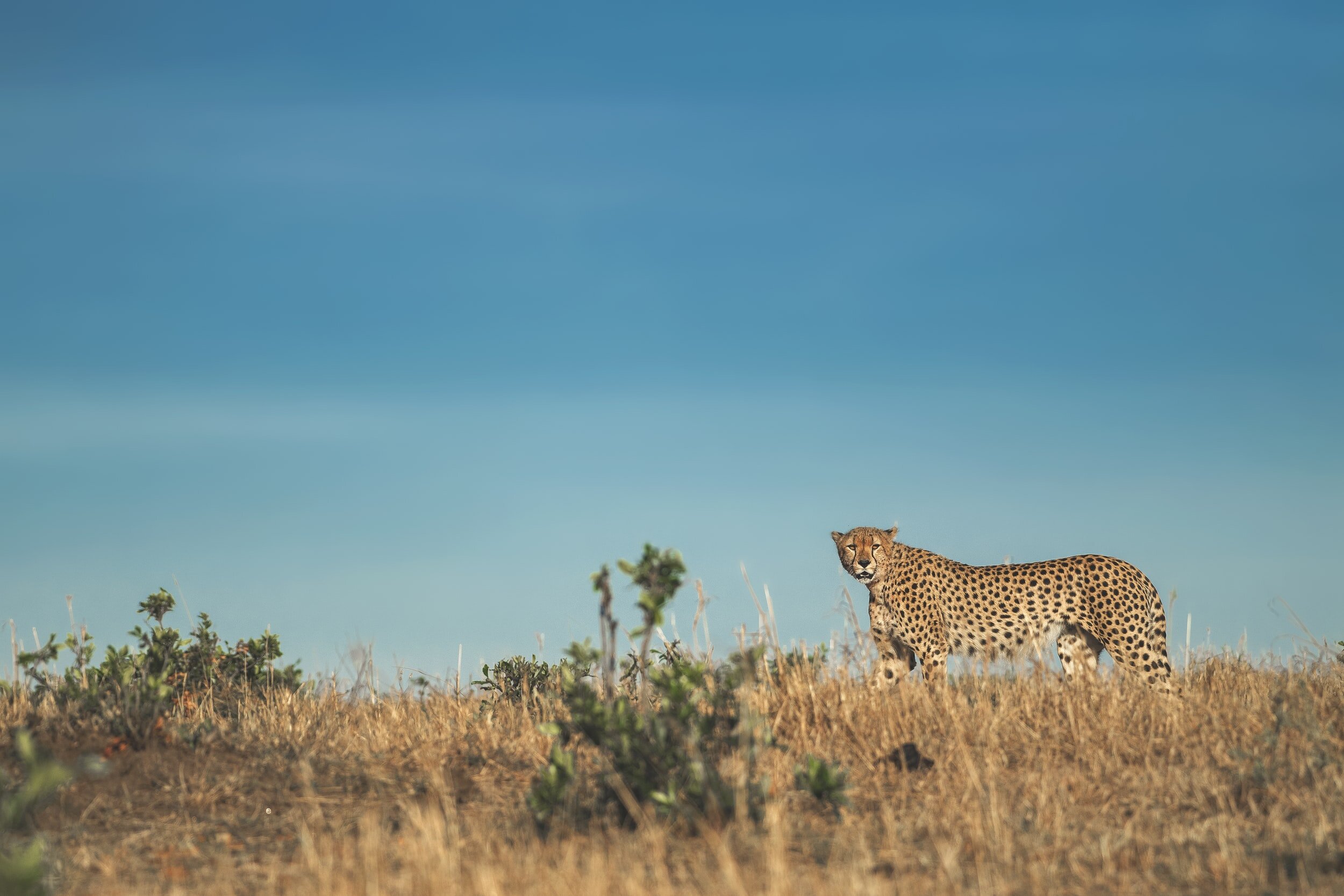Ever feel like there is way too much change going on in your life or the world? Like just when you get used to one big tsunami there’s another wave of transition coming right at you?
If you’ve been alive in 2021 in the U.S. certainly, you may be feeling this unending sense of anxiety and dread.
“What? Now we’re back to wearing masks again? They want us to come back to the office? I was just getting used to this working at home thing and I’m supposed to do what now? After all the juggling I just did, now I’ve got to maneuver it all around again? When the hell are things ever gonna just go back to normal?!?!”
I know plenty of folks who are making themselves sick and stressed because of the transition fatigue and overwhelm. They don’t have the right tools and information about how we work as human beings and they are burning out.
Great news. It doesn’t have to be that way!
As someone who has adapted to and created a lot of change in my life, and who helps others do the same, trust me when I say this: not only can you ride out this phase of transition in your life, but you can learn the tools, skills and practices to help you be with change in a way that doesn’t make you overly stressed and sick in the coming weeks, months and years to come.
‘Cuz guess what, dear one?
Change is here, it’s inevitable and it can be a really good thing.
In this blog post, you’ll learn 3 things you can begin with right now to help you cope with transition fatigue and overwhelm.
Find ground
Remember old-fashioned cartoons?
Where everything in the entire frame - the background, the farmhouse, the lake - is perfectly still except for Bugs Bunny or Daffy Duck running around? When you watched that as a kid, you probably marveled at it and didn’t even notice that 95% of the screen wasn’t moving at all.
That’s because we are wired to track changes and notice what is moving in our environment and visual field. When these changes happen at a pace our nervous systems can process, or within our window of tolerance, we are usually ok.
But what happens when there are so many changes going on in your life and you don’t have the opportunity to process, assimilate and integrate them?
That can be incredibly destabilizing and overwhelming.
In fact, too many changes without enough stability can feel like chaos, and from a biological perspective that’s unequivocally true.
(Plus they — even changes we like or have worked hard for - be terribly exhausting energetically, like a tax on the nervous system. So if that’s you, read on).
Trauma (or traumatic stress) can be defined as anything that overwhelms us and leaves us feeling helpless, hopeless or unable to respond. (Click here for a much more detailed explanation for understanding trauma). Too many changes in too short a period of time can qualify. If, for example, you experienced a job change, a significant change in health, the death of a beloved pet and a global pandemic in the span of a year or two like a beloved client of mine - in addition to all the regular life stressors like paying your bills, having relationships and taking care of your mental health - you shouldn’t be surprised to find yourself feeling overwhelmed. If you’ve had stressful situations growing up, you can multiply that impact by many fold.
So what can you do?
EXERCISE: Focus on what’s stable, unchanging and consistent right here, right now.
For example, you could take a few moments to note everything that is grounding or solid for you right now. Maybe you can feel your bones, your heart beating or your breath - all elements that have been with you consistently since you were born. You could also bring your awareness to the chair, sofa or bed you are in right now, the ground beneath you, the stars and the moon in the sky above, or the predictable way your cat jumps on your lap the minute you try to get on a Zoom call. My private and group coaching clients know what a fan I am of also having daily and weekly self-care non-negotiables (something we talk about a lot) as the consistent elements in cultivating resilience.
(Note: If you travel a lot or have an unpredictable work schedule, it’s even more important for you to take the time to get clarity on your daily non-negotiables, to communicate them when necessary to family and colleagues and to protect them fiercely. Mine include meditation, three meals a day, prayer, yoga, adequate sleep and connecting with my support system).
Now doing so won't necessarily affect the changes that are happening in your life. But it can very likely give you the shift in perspective that reminds you of all that you can count and rely on in this very moment. Even if you’ve had lots of disappointments or trying challenges in your life - as many of us have - by bringing your awareness to what is stable, unchanging and consistent right now, you’re giving yourself (and your resilient nervous system) a chance to recalibrate.
2. Notice positive changes
Having lived in Europe for a good part of my life, I’ve always found it odd that Americans in general (warning: huge sweeping overgeneralization ahead!) are incredibly reluctant to talk about class and financial privilege. People are more likely to talk about their sex life than they are class and how it affects every area of our lives, including our mental health, relationships and well-being.
But recently, I’ve noticed more conversations and discussions about class in mainstream audiences. When millions of people are strangled by student loan debt, often into the hundreds of thousands of dollars for people who are in their 40s, 50s, 60s and beyond, it makes sense that more people are willing to talk about the implications of student loan debt on class mobility, status and the increasingly elusive dream of a middle class life.
That, in my opinion, is a very, very positive change in our culture.
And that’s the second strategy I’d like to suggest you explore when you’re feeling overwhelmed by change: notice what has changed for the better in your life, community and the world around you because I promise you there is a lot.
EXERCISE: Identify and focus on positive changes
One simple way to do this is to set a timer for 5 minutes. When the timer goes off, you start writing a list (bullet points are fine) of all the things that are better today for you than they were at some point in the past. Maybe you don’t have a 3 hour commute into the city for work or you’re finally able to walk after a devastating accident that left you nearly paralyzed. Or maybe you got a new lovable little critter during the pandemic that greets you when you come home. Or maybe your arms are finally strong enough so you can do bakasana (crow pose) or date online without your self-esteem being dragged into the mud with every dud.
Broaden it out if you like and focus on changes in your community or the world that are in a positive direction. Like the greater participation of women in the workforce or greater equity, diversity and inclusion in some environments. (Or the fact that most Americans with access to clean drinking water, electricity and health care live better than Louis XIV did when he was King of France!).
It’s important to keep in mind that, even while changes are happening that feel terribly uncomfortable - or are even devastating and incomplete in some cases - good can often come from them with your intention and attention. For example, maybe you were in a toxic and abusive relationship and made a commitment never again to date someone who isn’t self-aware and willing to do the work. While it might not have been fun getting there, your new and improved sense of self-esteem is a huge win. Taking stock of these wins regularly by training your mind to notice and savor them (click HERE for more on understanding the mind and the brain for non-neuroscientists) can be hugely beneficial and will serve you greatly.
3. Seek spiritual inspiration
Because of the negativity bias we all have as part of our survival make-up, it takes conscious, consistent effort to focus on things that inspire us and give us hope. That might be in the religion of your childhood, yoga, recovery or any other type of grounded, embodied spirituality that lifts you up.
The important things spirituality can offer us are both, (1) an understanding and acceptance of the impermanence of all phenomena and (2) a way of being reasonably comfortable with uncertainty (for more ideas about understanding your spirit, check this out).
EXERCISE: Get plugged in spiritually
Perhaps that means you spend some time reconnecting with the faith of your childhood, reading spiritual or inspiring books (like Peace from Anxiety from my teacher Hala Khouri), listening to podcasts, joining a faith community or a group that lets you see others making positive, inspiring changes in their lives. If resources are tight, recovery communities offer hope and inspiration to millions of people looking to live better lives free of addictive patterns (remember, addiction isn’t necessarily drugs or alcohol, but can be any pleasurable behavior -- scrolling social media, porn, shopping, food, exercise, overworking, etc -- that persists despite adverse consequences). For some people, going for a hike in nature might give you perspective. For others, being part of a social justice movement - a positive, life-affirming sense of belonging to something greater than yourself - can be hugely beneficial.
Now that you have some ideas for coping with transition fatigue and overwhelm, what comes next?
You might be thinking:
Ok I get these strategies, they seem useful. But how do I do this in my real life?
This is precisely what folks in the Mastering Resilience Group Coaching Program do each week. There’s a lot of nuance to applying these strategies and tips in your life in ways that you can engage with consistently. Support is required for you to try different things on. And then there’s the importance of loving accountability, when you make and keep different commitments to your self-care in a compassionate, authentic group setting.
Want to try it out?
Check out the upcoming Community Support Call: Tools for Coping with Transition Fatigue (Yet again!) on Tuesday, August 31st from 10-11:30 am Pacific. For more details and to register for this FREE call, click HERE.
The bottom line?
Change is an inevitable part of life, as cliche as that sounds.
The good news is that by implementing these strategies you can begin to cultivate a more-balanced and easeful relationship with it. Change might never be your favorite thing (after all we are creatures of habit, routine and ritual) but at least you can begin to move out of the stress of resistance and overwhelm.
And that is something to celebrate!








